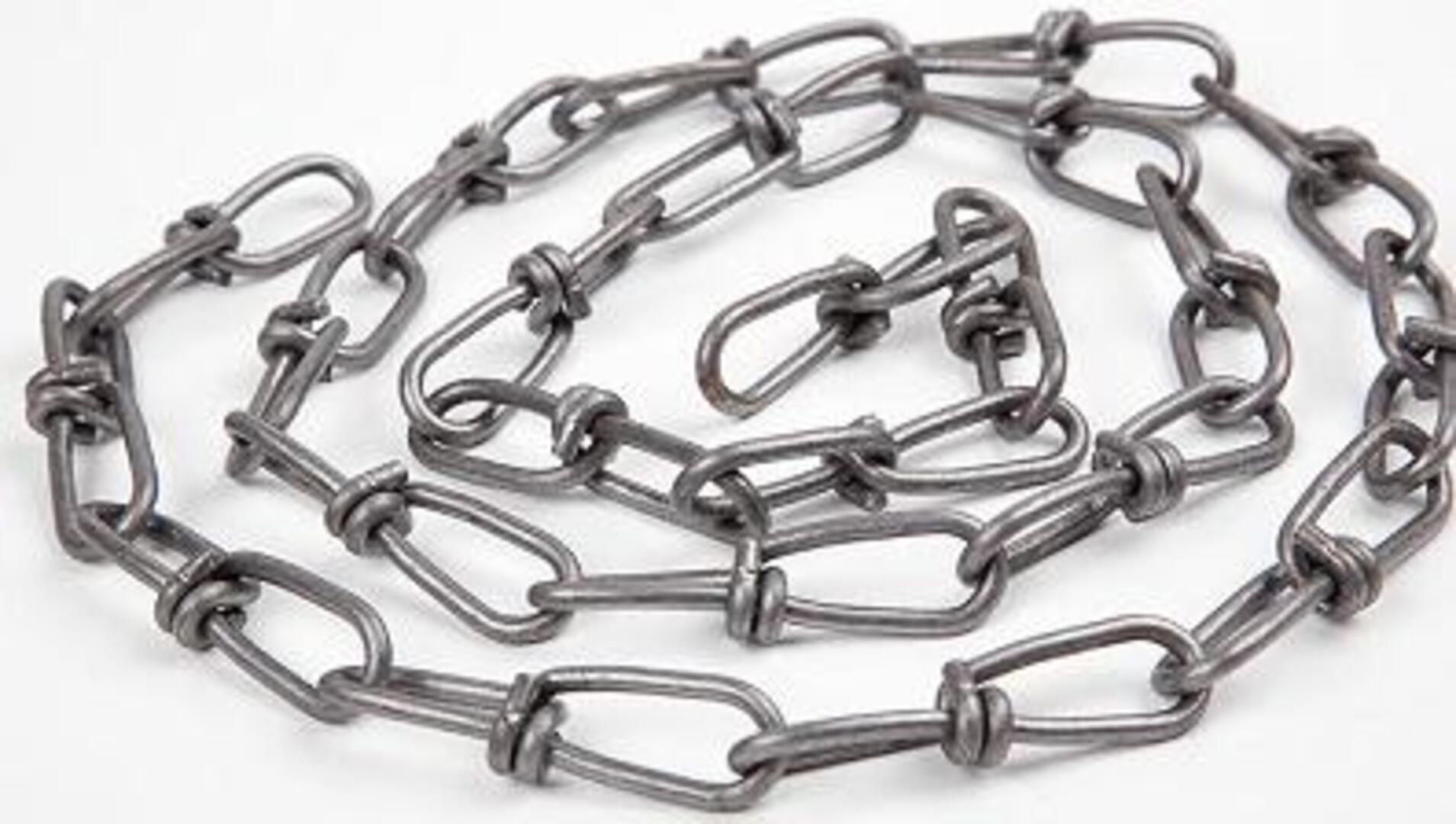

Ignoring important market signals or trends Overvaluing or undervaluing assets based on irrelevant informationįailing to adjust valuations based on new information Making suboptimal trading decisions based on initial information or pricesĬreating false expectations about future prices or trends Some of the possible effects of anchoring bias include: And while they try to make adjustments according to the latest information and analysis, these may remain influenced by the bias of the original anchors. Effects of anchoring biasĬommonly when experiencing this bias, traders are aware that their anchor is deficient. Overconfidence can also lead traders to ignore contrary evidence or downplay the importance of new information that contradicts their initial analysis. Overconfidence in one's own analysis or judgement: Traders may overestimate their own ability to analyse market data and make predictions, leading to anchoring on their initial analysis or judgement. Emotions such as fear, greed, and regret can also play a role in anchoring bias. This could be particularly problematic if a trader is holding a losing position and refuses to sell even when new information suggests that they should. This can lead to anchoring on initial prices or other information, even if it is not relevant to the current market conditions.Įmotional attachment to prior prices or positions: Traders could become emotionally attached to their prior positions or prices, leading to anchoring bias. For example, traders may anchor on the initial price of a stock and fail to adjust their valuation based on new information, such as changes in market conditions or company fundamentals.Ĭognitive biases and irrational thinking: Traders could be susceptible to cognitive biases, such as confirmation bias, where they may seek out information that confirms their existing beliefs and ignore information that contradicts them. Over-reliance on heuristics or mental shortcuts: In the absence of complete information, traders may rely on mental shortcuts or heuristics to make decisions.

Traders may also suffer from decision fatigue, making them more likely to rely on familiar heuristics or cognitive biases. This can lead to shortcuts in processing information, such as relying too heavily on initial prices or other anchoring information, and not considering all available data. Limited time and attention for decision-making: Traders often face time constraints and must make quick decisions under pressure. Overconfidence in one's own analysis or judgement Over-reliance on heuristics or mental shortcutsĮmotional attachment to prior prices or positions Limited time and attention for decision-making That is, different starting points yield different estimates, which are biased toward the initial values." Why does anchoring bias happen?Īnchoring bias may be found at any point of the trading decision-making process and could happen for a few reasons. In either case, adjustments are typically insufficient. “The initial value, or starting point, may be suggested by the formulation of the problem, or it may be the result of a partial computation. Tversky and Kahneman explained in their 1974 paper: "People make estimates by starting from an initial value that is adjusted to yield the final answer.”

In either scenario, the participants were using the initial number on the wheel as their focal point to base their final decision on. Those who spun a lower number gave lower estimates, while those who spun a higher number gave higher estimates. They were then asked to adjust that number, lower or higher, to indicate how many African countries were included in the UN. In one of their experiments, participants were told to spin a wheel to select a number from 0 to 100. They found that when uncertain about the correct answer, people would take a guess using the most recent number they’ve heard as a starting point. The purpose of the studies was to explore how people formed judgements when they were unsure of the facts. In the 1970s, several studies by psychologists and economists Daniel Kahneman and Amos Tversky explained the effect and definition of anchoring.

There are various techniques that may help potentially avoid or moderate anchoring bias, including, among others, keeping a trading journal, gaining more knowledge of the markets, using a variety of sources, and implementing a systematic trading approach. It is important that traders are aware of their own biases and make sure they remain objective. It may occur due to a combination of various factors, including other cognitive biases, emotions, and the complexity of the decision-making process in trading. Anchoring bias is the tendency to rely too heavily on an initial reference point, such as an initial price of an asset when making decisions in trading.


 0 kommentar(er)
0 kommentar(er)
